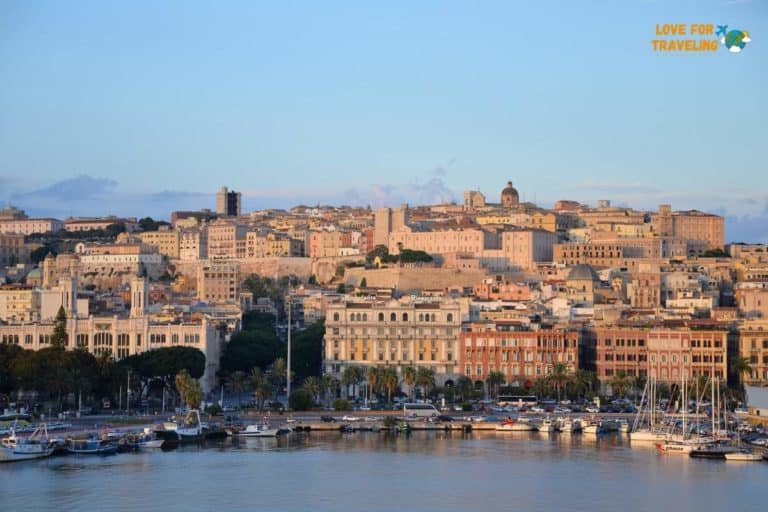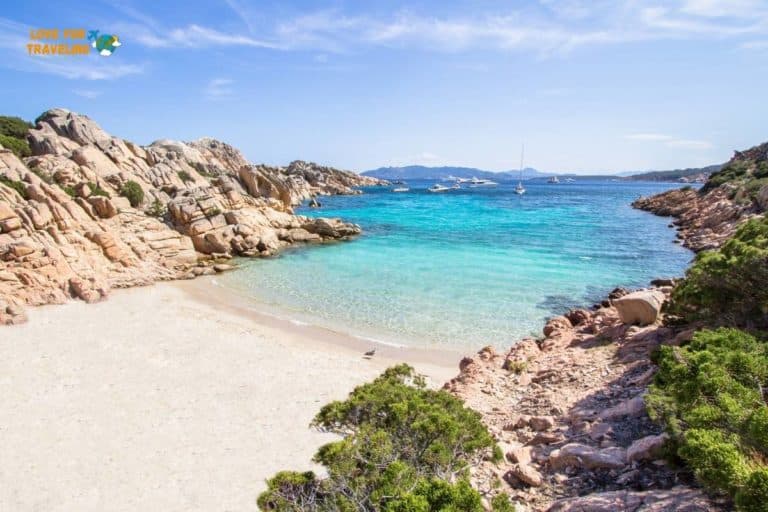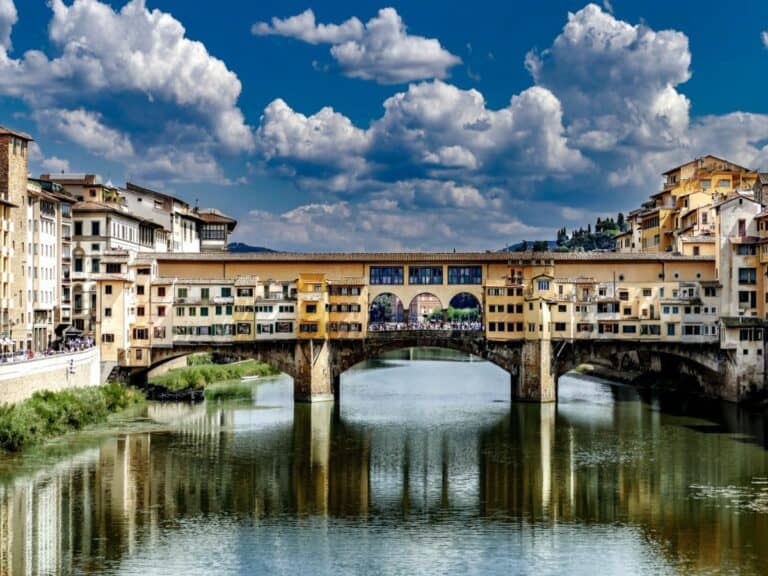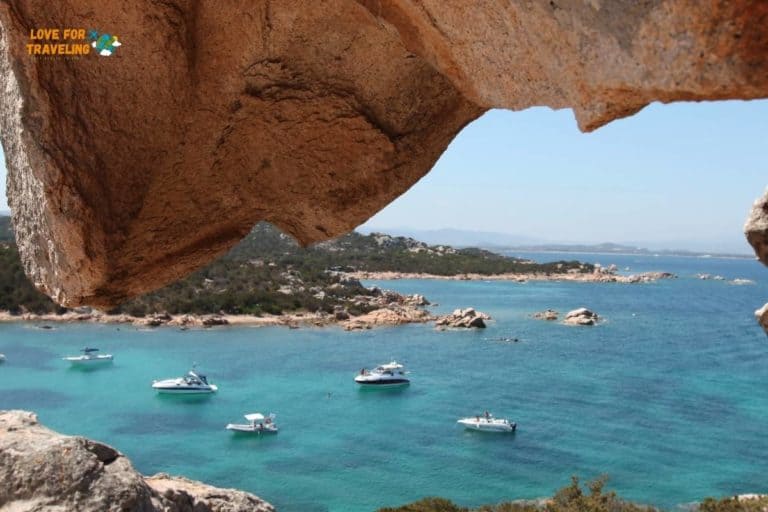Is Florence Worth Visiting? Worth The Trip?
Tuscany is the region in which Florence, Italy, is situated. Three hundred forty-nine thousand two hundred ninety-six people live in the Tuscan capital city of Florence.
An international airport, “Amerigo Vespucci,” and a train station with direct links to other major Italian towns make Florence an ideal destination for travelers.
You may also fly to Pisa, a neighboring city. The PisaMover is a fully automated ecological shuttle connecting the airport to Pisa Central Station.
Once you arrive, check for the signage. The 5-minute ride to the train station costs 5 Euros and takes around 5 minutes to complete.
Several trains go to and from Florence from Pisa Centrale Station. To get to Florence in only 49 minutes, we rode the high-speed Trenitalia train for 8 Euros. The first train may not be the fastest when purchasing your ticket.
What to see in Florence? The City Has A Lot To Offer Visitors
Florence is Italy’s epicenter for all things new and fascinating. You’ve come to the perfect spot if you’re still deciding what to visit in Florence, Italy. It is time to play.
1) Cathedral Of Santa Maria Fiori And Piazza Duomo
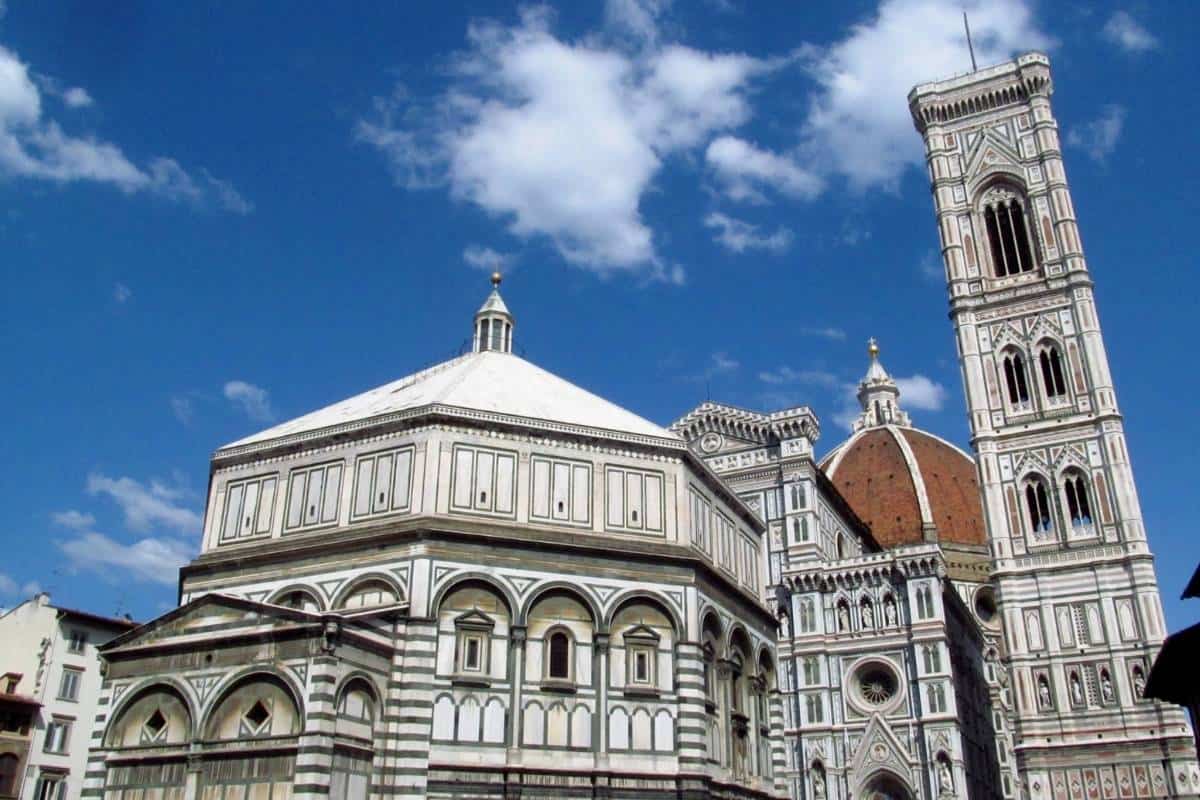
Discussing Florence’s tourist attractions without mentioning Italy’s most significant artistic asset is impossible. This is a must-see for anybody who appreciates art and architecture in Florence.
Some of the most famous treasures of art and architecture by the most excellent painters may be found in the Baptistery, its museum, the cathedral, and the bell tower throughout your visit.
2) Giotto’s Campanile
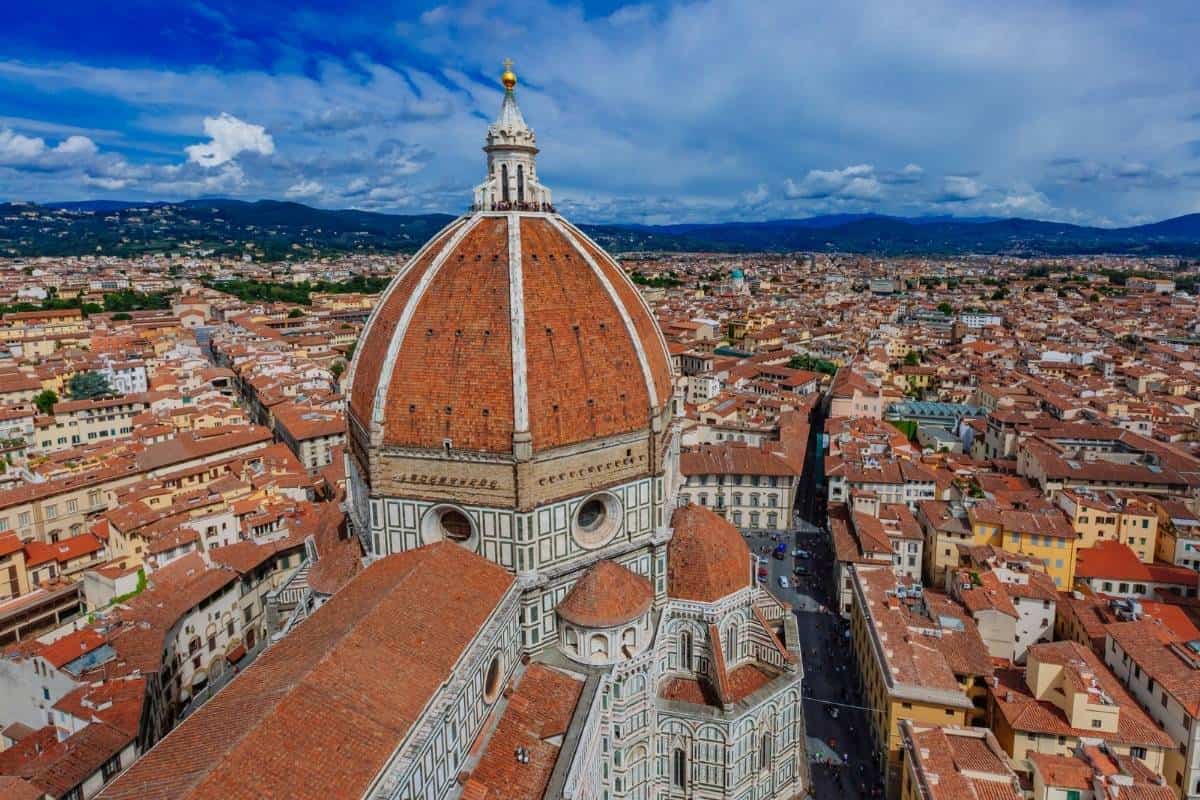
Many people mistakenly assume Giotto’s Campanile is an integral part of the Duomo, although it is a distinct structure.
This Gothic tower is one of the city’s best-known designs and an absolute style masterpiece. Polychrome marble ornamentation in vibrant green and pink adorns the tower’s façade, which is divided into five levels.
Following Giotto’s death in 1343, the tower was completed by Talenti, who built the last floors after the great artist’s death.
The building is adorned with many sculptures, paintings, and ornate panels, making it a masterpiece of the Renaissance. As well as being a beautiful piece of architecture, the tower’s 414 stairs provide breathtaking views of Florence and the Duomo.
3) Cinque Terre
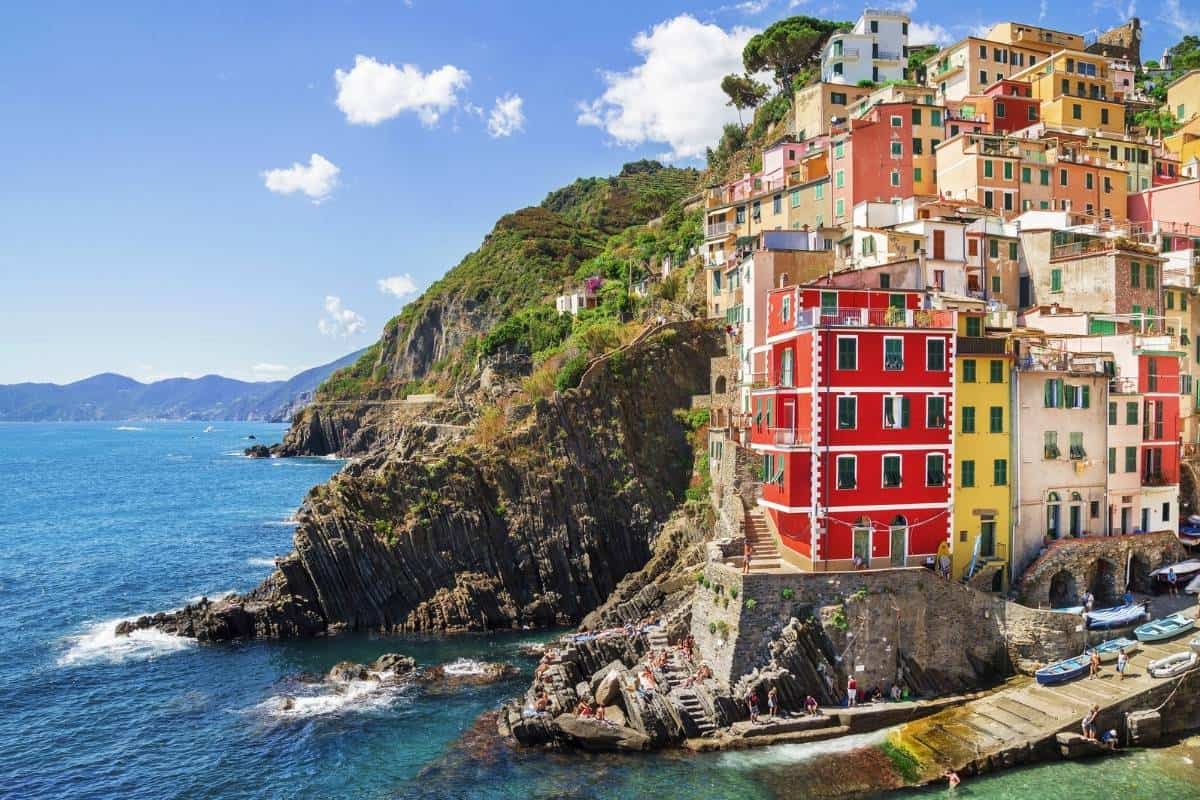
Cinque Terre, a UNESCO World Heritage Site, is excellent for a one-day trek if you’re up for the challenge.
Explore Italy’s five beautiful fishing towns as you journey through the country’s history.
After exploring the cliff-side paths of this national park and taking a boat trip down the Italian Riviera, you may take in the stunning vistas of this pristine stretch of the Riviera.
You’ve found the solution to your burning question about things to visit in Florence: this list!
4) Ponte Vecchio
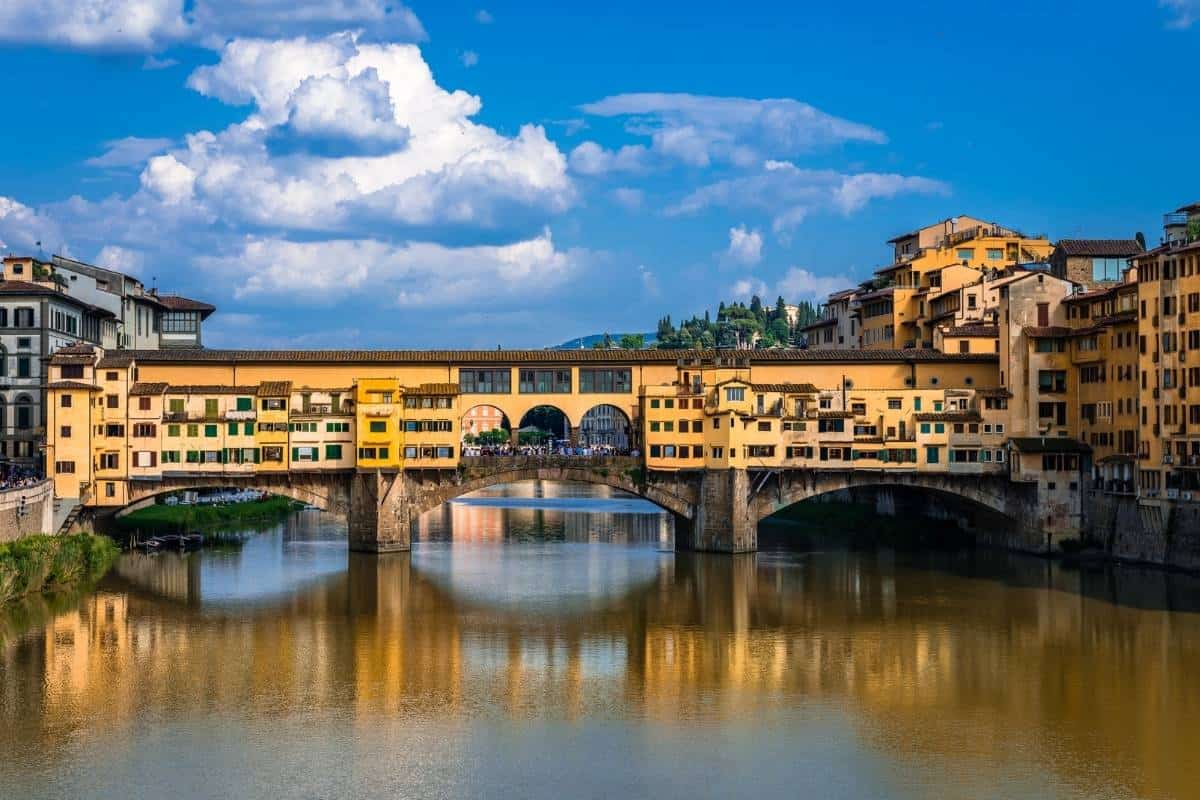
The Ponte Vecchio is a world-famous centuries-old bridge in Florence. The Vecchio Bridge spans the Arno River and is known for the abundance of shops carved into the bridge’s sides, its rich history, and the many stores lining its main promenade.
The bridge has been dated back to 996, but its exact origins remain a mystery. You’ll discover jewelers, art dealers, and souvenir stores atop this magnificent building.
At the bridge’s halfway point, you’re rewarded with stunning views of the Arno River. The façade of the Ponte Vecchio and its house-like additions may be seen by going down the Corridoio Vasariano.
5) Palazzo Pitti And Boboli Gardens
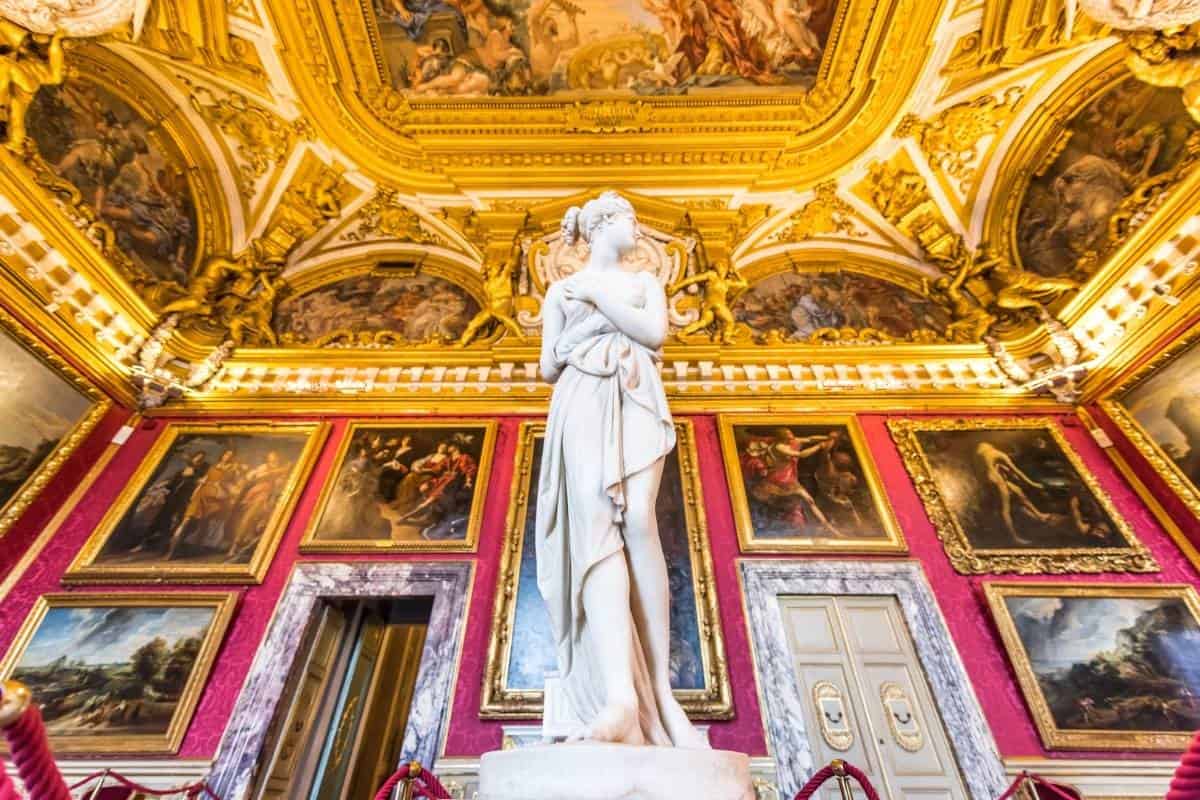
The Pitti Palace Complex may be entirely explored in a single day.
If you’re interested in Florentine artistry, a Florentine palace, and a fantastic art collection in Florence, here is the place to see it all. Terraced gardens provide a birds-eye perspective of the city.
There are fountains, a theater cut into the side of the quarry pit, a labyrinth carved into the hillside, and even a fake cave.
6) Baptistery of St. John
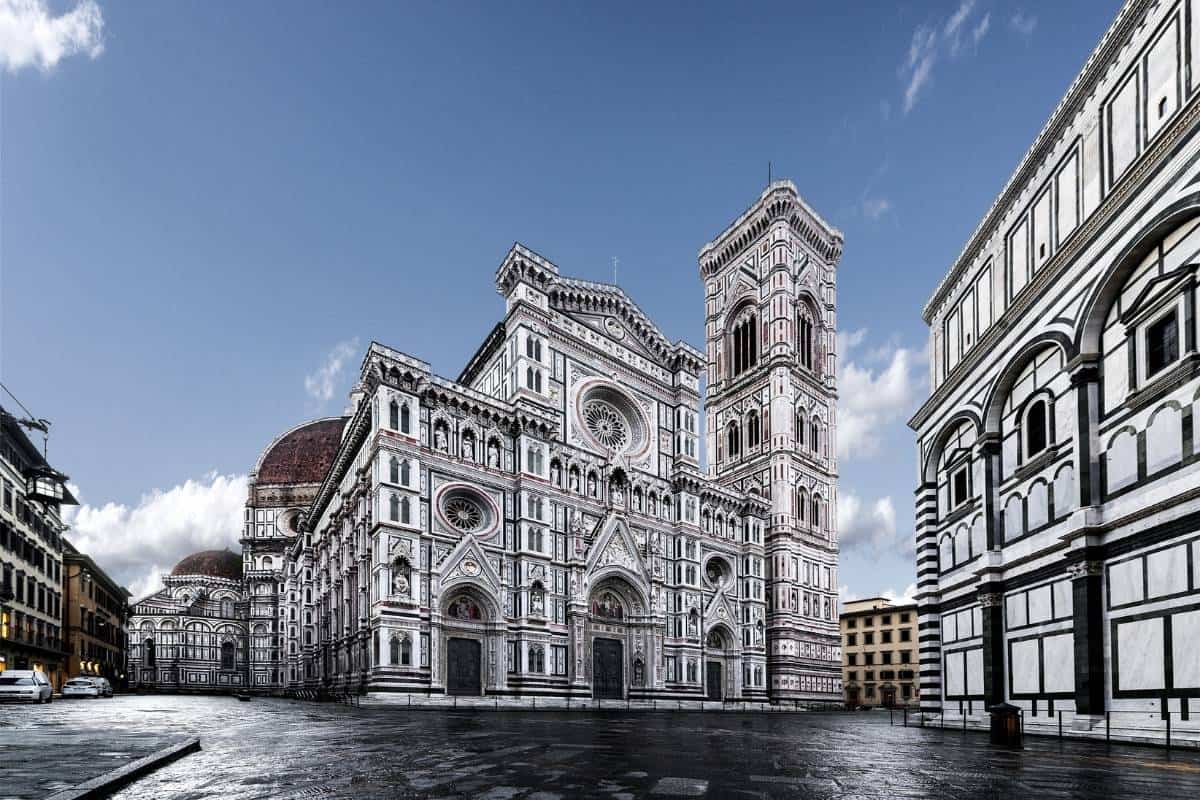
The Baptistery, which lies before the Duomo’s main façade, completes the triad of structures linked with the Cathedral of Florence.
One of the city’s oldest structures, the Baptistery, has been cherished, and its outside includes magnificent “Florentine” architecture reminiscent of both the Duomo and Giotto’s Campanile.
The bronze doors depicting religious subjects and human qualities are of exceptional appeal.
The Baptistery ceiling and top walls are covered with a beautiful golden Byzantine-style painting depicting Biblical and Genesis scenes, including the last judgment.
7) Galleria dell’Accademia
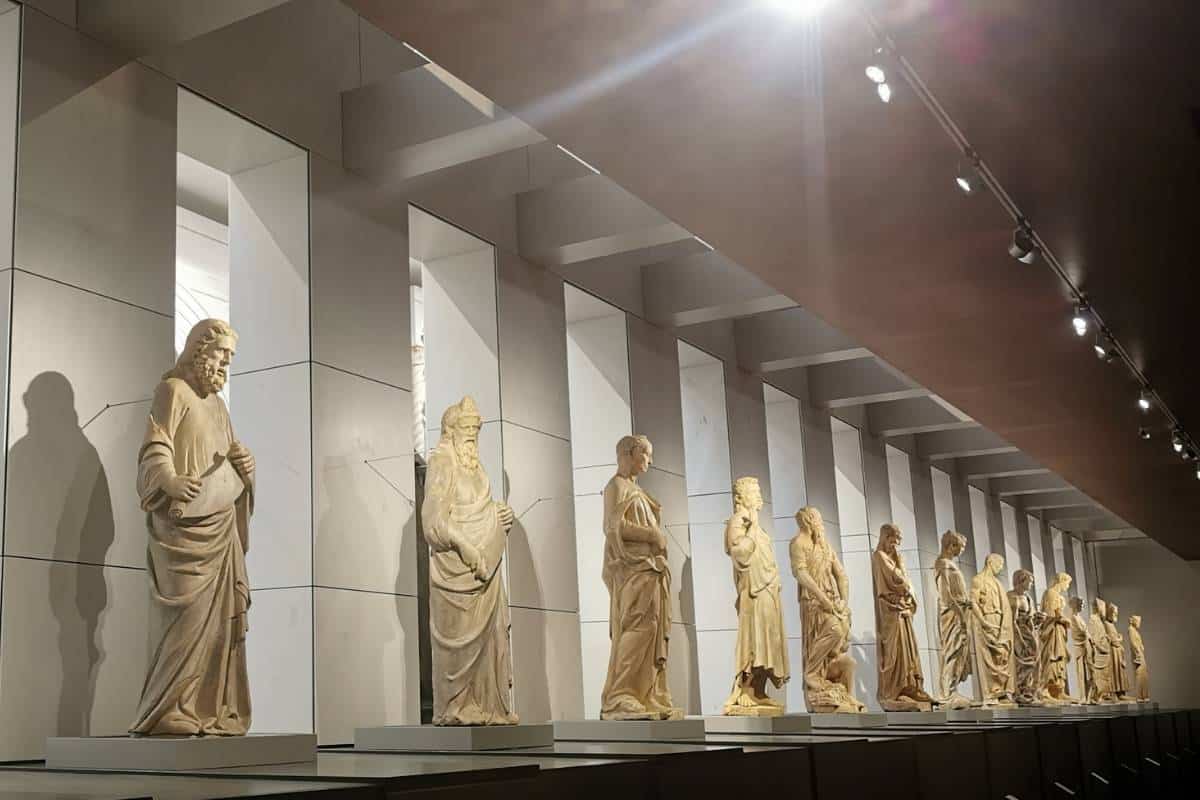
There is no better location for a museum in Florence than the Academy of Florence’s Gallery of the Academy of Florence.
The Gallery is a modest structure you may miss if you didn’t know it housed some of Renaissance art’s most significant works, including Michelangelo’s original David sculpture.
The museum also holds additional Michelangelo sculptures and works and several noteworthy galleries in addition to this unique brilliance.
The art and history of Florence in the 14th and 15th centuries may be found in abundance here. Finally, a musical instrument museum has various antique and rare instruments.
8) Forte di Belvedere
The Belvedere Fort is Florence’s second-largest fort and has a commanding location on the southern banks of the Arno River near the Boboli Gardens. The fort was built in the late 1500s to symbolize Florence’s riches and political might.
It’s now possible to appreciate the Renaissance fortification’s incredible architecture and design and learn why it was necessary. In addition, you’ll be able to view the city and capture some stunning photos of the historical landscape from the vantage point.
What is the best time to visit Florence?
Visit Florence During The Best Times Of the Year
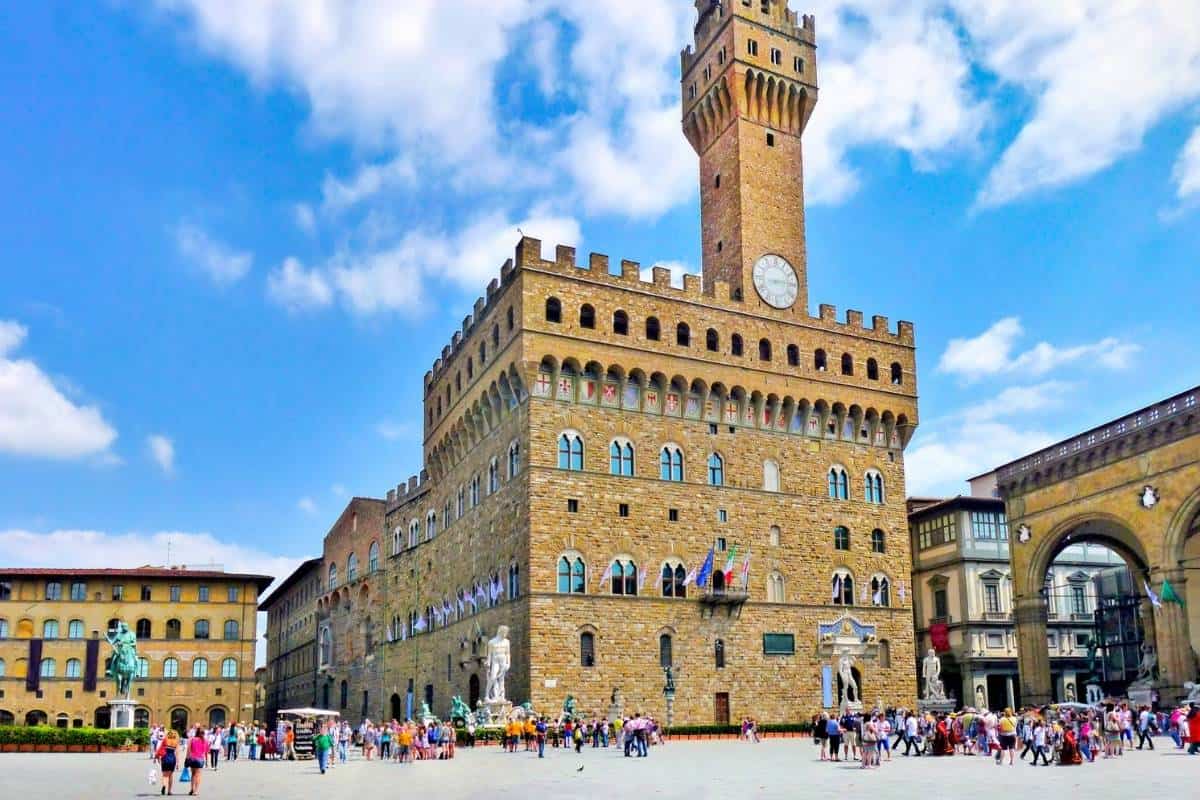
Art festivals, open-air restaurants, and the type of Italian sunlight that inspired Renaissance artists can be found in Florence throughout May and September. There are also crowds of tourists and high lodging prices to contend with.
The Uffizi Gallery and hotel costs will be cheaper, and the crowds will be less if you go in the autumn or winter. Temperatures will fall into the mid-30s Fahrenheit, which isn’t ideal.
April
In April, temperatures will vary from 45 to 65 degrees Fahrenheit, necessitating a light coat despite the solid Italian sunlight.
At this time of year, you’ll also get a terrific deal on a hotel room. Children on school outings and further rain showers might complicate things.
May-September
The city comes to life when warm weather, lively festivals, and open-air dining draw visitors to Florence. Temperatures in the mid-80s are typical, as are visitor throngs and lodging costs.
Make your reservations three months in advance to ensure you get a room.
Since many Italians take summer vacations in August, businesses like restaurants and stores may be closed. On the other hand, most shops in Florence’s historic center will almost certainly stay open to draw in visitors.
November-March
Tourists are kept at bay by temperatures ranging from the mid-30s to the upper-50s. However, if you’re prepared to cope with the icy and windy weather, you’ll receive shorter queues at popular sites and lower accommodation costs.
October
October is the perfect time of year to enjoy the pleasant temperatures of autumn, with highs in the mid-70s on average and just a slight chill in the air at night. Additionally, the city will have dwindled a little after the summer’s flurry of tourists.
Cool things to do in Florence
The Best Florence Food And Wine Tour Guides
The country’s gastronomic offerings highlight the experience for many visitors to Italy. Go to Florence, which shares territory with the region’s heartland for a meal with a glass of Chianti wine.
Florence is a great place to start or continue your wine studies because of the abundant vineyards dotting the surrounding countryside.
Florence, Italy, is known as the home of the Renaissance because of its abundance of art, culture, and cuisine. There are a variety of daily trips that include wine, cooking, and dining, and occasionally all three at the same time.
We’ve narrowed the field to five of the finest based on cost, convenience, and how visitors want to learn about wine and food.
Cooking Class And Lunch At A Tuscan Farmhouse
Take a whole day to learn how to cook like an authentic Italian and become a master chef. Visiting the medieval market in the heart of Florence is a great way to begin your trip.
Sample local fare and wine as you see people bartering and trading before making your selections from the fresh Tuscan delights vendors. Take a short minibus journey from the bustling streets of Florence to a rural home set in the Tuscan hills.
Here, you’ll learn how to make regional specialties from scratch with the help of a professional chef.
A bottle of Chianti and some bruschetta may be enjoyed while the items are in the oven. Finish the night with a four-course meal and a bottle of wine from the region before returning to Florence.
Florence Cheese And Wine Tour
Guests will be able to taste a variety of cheeses and wines for over an hour. You can sample four different Italian wines and Tuscan dishes in a typical ancient Italian wine bar.
A trained sommelier tastes wines so that attendees will learn about the unique qualities of each wine, how they are made, and which flavors go best with each one.
Cheese, fresh fruit, olive oils, and cured meats will undoubtedly feature on the menu, but the accompaniments will vary seasonally to ensure the most incredible flavors.
Only 12 persons are allowed in each tasting session to provide a more intimate and engaging experience.
Truffle Hunting And Wine Experience
This six-hour excursion brings visitors to the adjacent village of San Miniato, famous for its truffles. An expert truffle hunter and his canine friend will accompany tourists through the town’s forests in search of the world’s highest quality and wealthiest truffles.
After a two-hour truffle quest, you’ll eat at a nearby store. The main dishes were a truffle-based appetizer, fresh truffle pasta, and wine from the region. The day will close with a tour of a Chianti winery and tasting various of the region’s finest wines.
How to get To Florence?

To Go Via Air:
Flying into Florence Airport or Pisa International Airport, situated around 100 kilometers (62 miles) west of Tuscany’s capital, is the most convenient way to reach the city.
From the United States
Only Delta Airlines flies nonstop from Pisa Airport in Tuscany to the United States. However, this service is only offered during the summer. There are no direct flights from the United States to Florence or Pisa during the off-season.
Connecting flights to Florence Airport are available from Chicago, New York, and Washington by Lufthansa.
Connecting flights from JFK to Florence Airport are available from other airlines, including airberlin and Alitalia. Lufthansa and Alitalia both offer flights to Pisa for around the same price.
Traveling from Canada
To Tuscany, there are no nonstop flights from Canada. That said, a large number of airlines, including the following, provide nonstop flights from Toronto:
- Lufthansa
- Flights with American Airlines
Taking A Flight Out Of Australia
Flying into Pisa from Australia will bring you to Tuscany in the shortest time. From Singapore, Kuala Lumpur, Hong Kong, or Dubai, there are multiple one-stop flights to Pisa International Airport.
Many airlines provide 2-stop flights from Perth to Pisa International Airport through connecting flights from other major Australian cities, including Melbourne and Brisbane. Fly to Rome or Milan, and then take the train to Florence.


